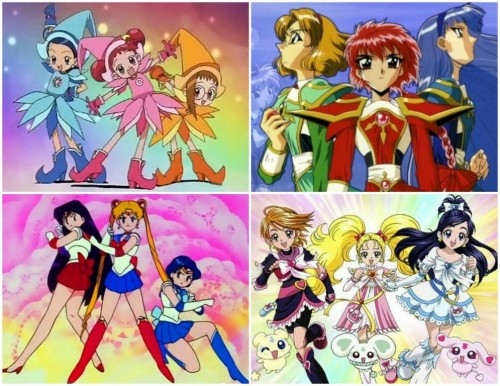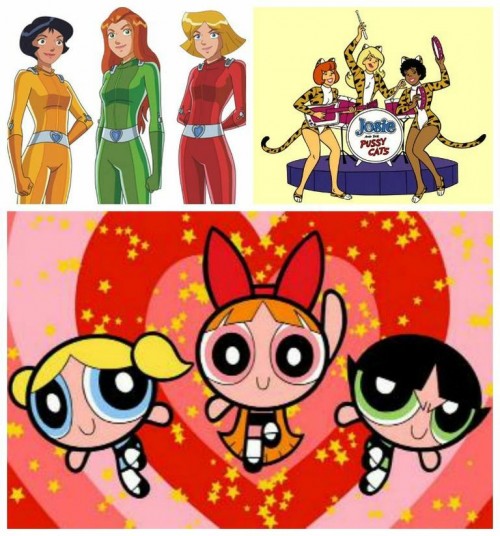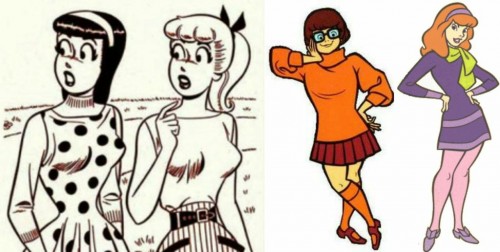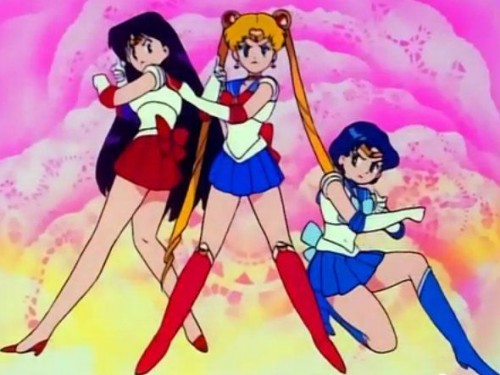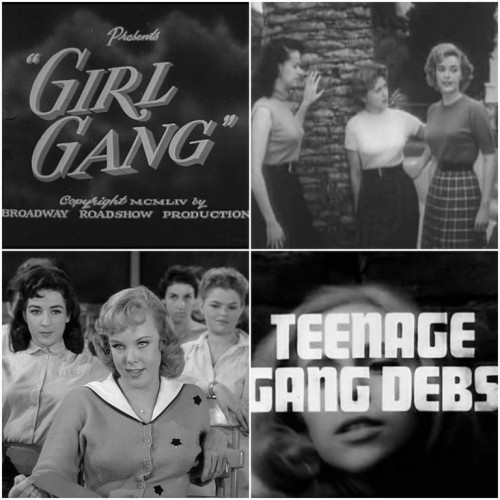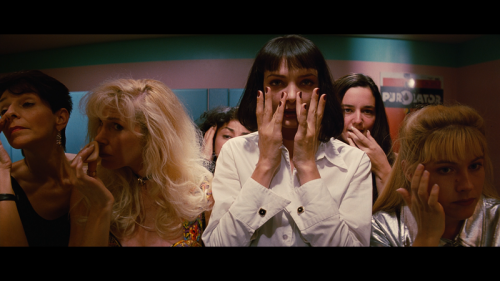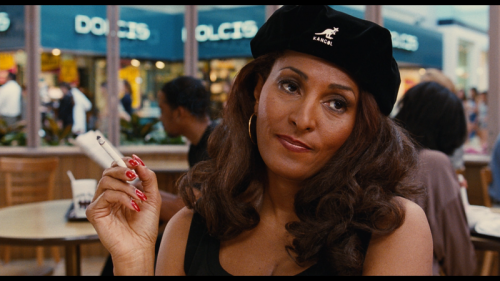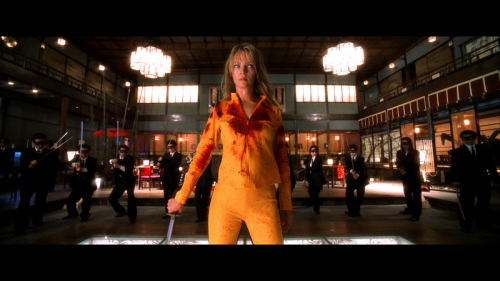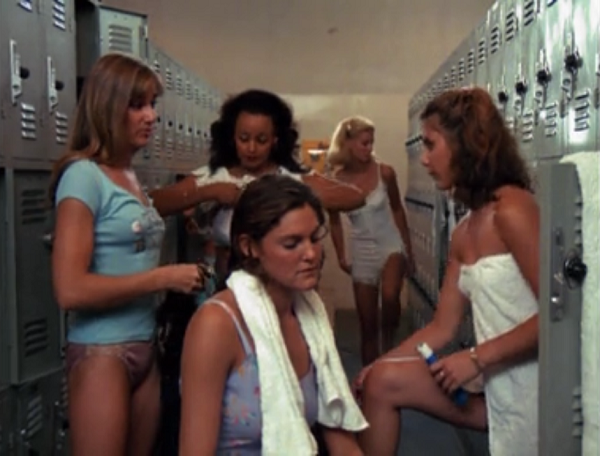
This guest post written by Emanuela Betti appears as part of our theme week on Women Directors.
The Oscars came and went, lacking (as usual) women nominees in the Best Director category. As a teenager I decided that I wanted to be “the first woman to win the Oscar for Best Director.” Every year, as one man after the other won the coveted award, I also started questioning if my goal had any possibility of materializing. Then Kathryn Bigelow won Best Director in 2010, and (while I obviously had to modify my original plan of being the “first woman”), Bigelow’s victory gave me hope that it could be done — that young, aspiring girls could dream of being outstanding movie directors.
But then again, when I considered that Bigelow had won for The Hurt Locker, I also secretly dreaded that the only way for me to gain any recognition was to make what’s perceived as a “dude” movie: male-centric, revolving around masculine themes, and downplaying women and their personal perspective. “A female perspective will never win,” I thought, and unfortunately I’m still right. Throughout the history of the Academy Awards, only four women have been nominated for Best Director: Lina Wertmüller in 1977, Jane Campion in 1993, Sofia Coppola in 2003, and Bigelow in 2010. The difference between the three women nominees and Bigelow is that their movies were about women. Not to downplay Bigelow’s victory, but as Melissa Silverstein points out:
“When [Bigelow] makes a movie about men at war she gets the win, but when she makes a movie about war with a central female character she gets snubbed.”
Women get awarded for making movies about men, while movies about women — or featuring a female lead — typically receive an award or nominee if they’re directed by men. But this phenomenon (or I could say “tendency”) happens almost every year, and it’s not simply restricted to Hollywood.
When asked to name 5 female directors, Tom McCarthy (director of Spotlight) defended himself by saying, “I don’t want to play that game. There’s a gender gap everywhere … so to put it on the Academy or Hollywood is ridiculous.” McCarthy is right. The Oscars are not the problem; the industry is the problem. While rightly criticized for lack of diversity, the Oscars (or any award shows) are the end of the line, where all the discrimination and prejudice propagated by the industry puts on a gala, and gives itself a little golden statuette. The Academy Awards are simply the symptom of a much bigger cultural problem, in which women’s input or perspective is downplayed, stifled, or treated with lesser importance than its male counterpart. But more so than other art forms, cinema has a huge gender (and race) problem.
As Silverstein pointed out, movies about women directed by men seem to receive higher praise and recognition. Look at the praise surrounding Paweł Pawlikowski’s Ida, Abdellatif Kechiche’s Blue Is the Warmest Colour, or Christian Petzold’s Phoenix. These grand, critically-acclaimed art films, which give off airs of being “important” films about women’s stories and their inner lives, unfortunately left me empty and disappointed. What I saw was a discrepancy between the fabricated victories on screen, carefully crafted stories by men that pulled at our heart strings — stories of women rising from the ashes, or undergoing a sexual reawakening — victories that did not reflect what is happening off screen, where the voices of women directors are often downplayed, ignored, or told to calm down. It’s a hollow victory to celebrate a fictional character’s triumph on screen, while overlooking all the women directors who are relegated to the dusty file cabinets of cinema history. What I saw, when I watched Ida or Phoenix, was the problem women have faced for centuries: the popularity of woman as art subject, not as creator. What critics and award judges seem to love are not so much women’s stories, but women’s stories told by men. Stories in which women’s agency is strictly and safely in the hands of a male auteurs.
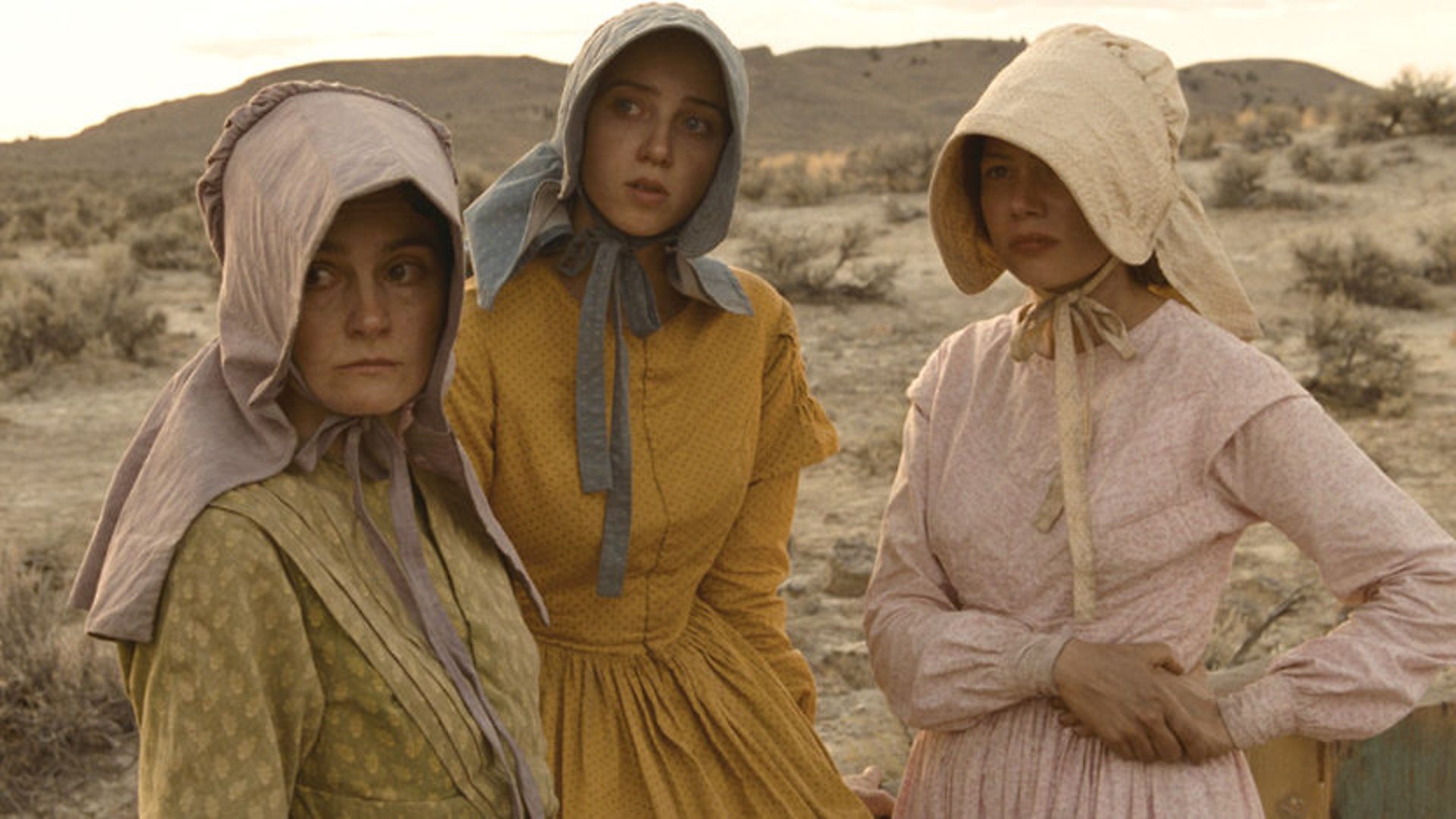
I’m not suggesting that men shouldn’t make movies about women, since some of my favorite women-centered films were directed by men, like Robert Altman’s 3 Women (1977), or Stuart Heisler’s Smash-Up: The Story of a Woman (1947). But what’s the deal here? If movies about women sell, and get rave reviews, why aren’t more women making them? If men are capable of giving us such nuanced and complex portraits of women’s lives, imagine what women directors (if they were given more opportunities) could contribute to the discussion. In cinema, revolutionary change does not begin on the screen, it starts with the people behind the camera — change stems from the creators, and when there are so few female creators, there is not much change either. Leigh Janiak, director of Honeymoon (2014), gave a succinct response to the lack of female directors:
“We are influencing culture, which is why it’s so dangerous, I think, not to have more women making movies.”
It’s not the movies, but the filmmakers, who have the power to chance the direction of our cultural narrative.
Producers don’t hire women directors because they assume they either can’t direct an action flick, or that they’ll cry on set. But why push for a woman to direct the next Superman or James Bond film? Why waste female talent on mindless formula movies that cater to teenage boys, when there are many more interesting stories to tell. But that’s one issue with the film industry, which is constantly comparing and trying to hold women up to men’s standards. So who cares if a woman didn’t direct Apocalypse Now or the next Superman. I don’t see any male director giving us Chantal Akerman’s Jeanne Dielman…, Věra Chytilová’s Daisies, Jane Campion’s The Piano, Julie Dash’s Daughters of the Dust, Sofia Coppola’s The Virgin Suicides, Kelly Reichardt’s Meek’s Cutoff, Céline Sciamma’s Girlhood, Ana Lily Amirpour’s A Girl Walks Home Alone at Night, Ava DuVernay’s Selma, or Claire Denis’ Chocolat. A true victory in cinema would not entail women competing with men, or trying to gain membership to the “boy’s club,” but in being able to celebrate women’s stories — their strengths, and their uniqueness — on and off screen. We need more women filmmakers — not as a way to fill quotas, but because women’s stories are different, unique, and need to be told. The female perspective is capable of challenging the dominant point of view, and that’s why women’s contribution matters. No quota or female superhero will fix the gender issue if female agency is not given the focus and respect it deserves.
The Oscars and all the glitzy film awards, then, are not the problem, and they may never matter. What’s more important: joining a club of mostly white dudes, or creating and experiencing art that changes the cultural landscape? Why conform, or downplay women’s creative force and imagination to match the dull guidelines of boring older white men? And most of all, why seek their approval. If we try to infiltrate the system, we run the risk of conforming to it; and when we seek the approval of the system, we become part of it. It may be a while before we see gender equality in the Academy, or even at Cannes. But 10 or 20 years from now, what influences minds and culture will be the artwork, not the awards, or even the critic’s praise. And the art that will be remembered is not chosen by the Academy, but by us.
See also at Bitch Flicks: #OscarsSoWhite: The Fight for Representation at the Oscars
Emanuela Betti has an M.A. in Cinema Studies. She’s a cinema aficionado, part-time astrologer, and occasional eccentric. You can follow her on Tumblr and Twitter @EmanuelaBetti.















